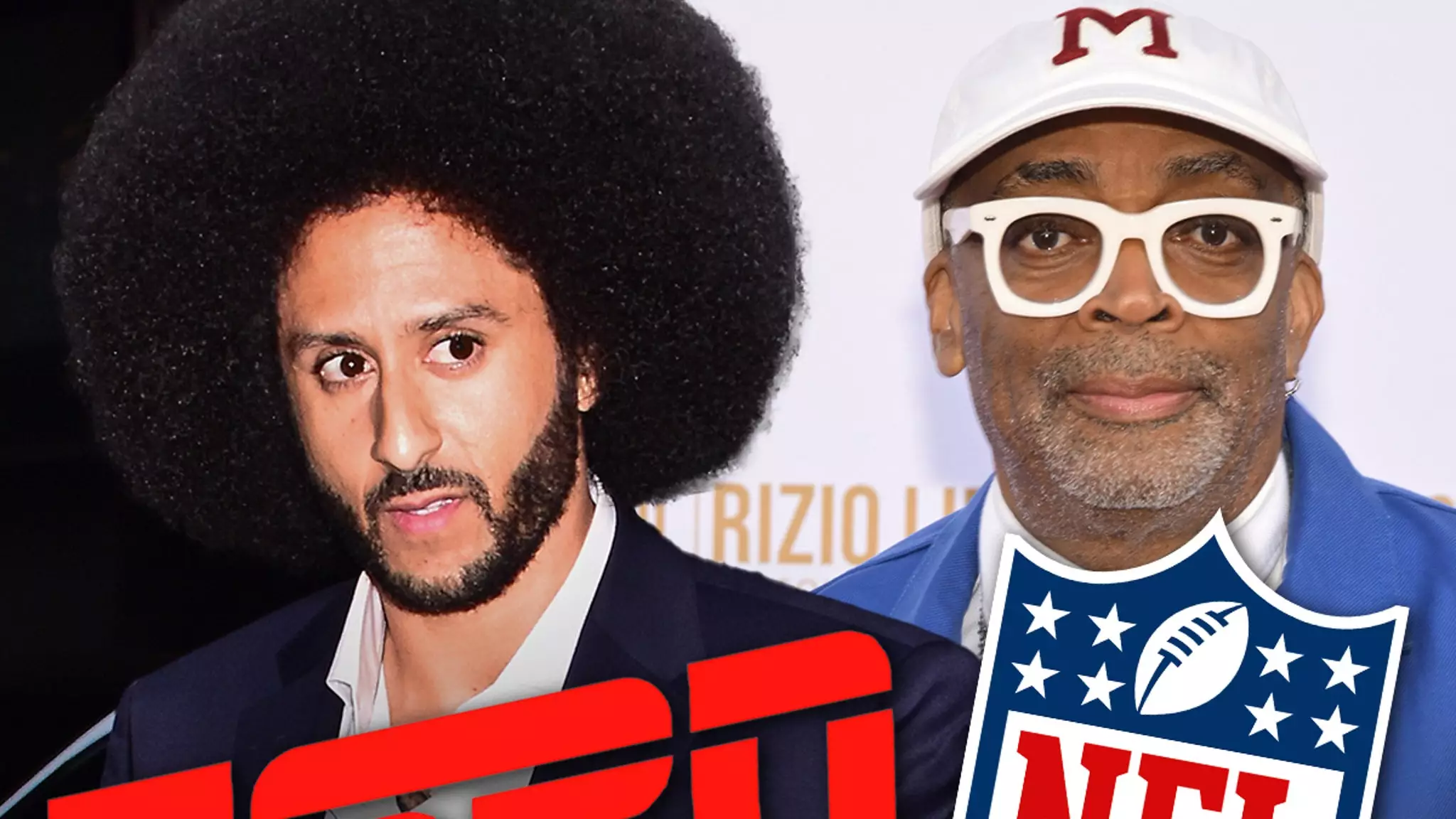When Spike Lee’s planned documentary about Colin Kaepernick was abruptly canceled, many speculated about external pressures—particularly from powerful entities like the NFL and ESPN. The narrative of suppression gained traction quickly, fueled by Lee’s cryptic remarks and the Media’s headlines. However, beneath this sensationalized story lies a more nuanced reality. The true reasons for shelving the project are rooted in creative differences and internal decisions rather than external intimidation. This perspective invites us to reconsider the assumption that the powerful sports league or broadcasters wield unchecked influence over sensitive storytelling.
Such cancellations often serve as a reminder that even prominent figures in Hollywood and journalism are subject to internal debates about content relevance, artistic integrity, and strategic priorities. Labeling it simply as censorship dismisses the complex process of decision-making in media production, where creative visions sometimes clash with commercial or organizational concerns. The decision, made last summer, signals that entertainment and politics are intertwined, but not necessarily in the way that headlines suggest.
The Misconception: External Pressure vs. Internal Dynamics
Many fans and observers have interpreted the project’s shelving as an act of external pressure—an attempt by the NFL or ESPN to suppress a narrative that might reflect poorly on their brand. The assumption is that the NFL, with its sensitivity around Kaepernick’s protest, sought to silence a critical account. Yet, reports insist that this is a misconception. The NFL’s recent investments in ESPN, including a stake in the network, point to a strategic partnership aimed at consolidating media influence rather than censoring specific content.
The reality appears to be more about limiting the scope of the project due to creative disagreements or shifting priorities within ESPN and Spike Lee’s team. Perhaps the documentary’s direction, scope, or approach was not aligning with the network’s vision or standards. It is crucial to understand that in the high-stakes world of media, projects often get shelved; this is more the norm than the exception, and seldom is it directly linked to overt suppression by external powers.
Implications for Media Freedom and Artistic Expression
This scenario underscores the delicate balance between artistic freedom and corporate interests. Spike Lee, a filmmaker known for his provocative storytelling, might have faced internal hurdles rather than oppressive external forces. The narrative of resistance—claiming that powerful institutions silenced an important story—can sometimes overshadow the genuine creative and logistical hurdles involved in documentary filmmaking.
By framing the cancellation as a product of external censorship, society risks undermining the importance of internal creative processes and the complex priorities of media organizations. It also raises questions about how narratives are shaped: are they driven by genuine artistic choice or by strategic business considerations? It is essential to navigate this territory carefully—recognizing that even influential figures like Lee and Kaepernick operate within the limitations and realities of the media landscape.
This affair becomes a reflection not solely about censorship but about the broader tensions in storytelling: balancing truth and commercial interests, pushing boundaries while respecting organizational boundaries, and understanding that not every controversial project finds its place on the screen. In the end, the story of this documentary’s cancellation invites a more critical examination of how narratives are constructed—and who holds the power to tell them.

